- 1 2 Cook, Bernard A., ed. (2001). Europe Since 1945: An Encyclopedia. Vol. I. London and New York: Routledge. p. 205. ISBN 978-0-815-31336-6 . Retrieved 18 August 2024.
- 1 2 3 4 Roszkowski, Wojciech; Kofman, Jan, eds. (2015). Biographical Dictionary of Central and Eastern Europe in the Twentieth Century. London and New York: Routledge. p. 163. ISBN 978-0-7656-1027-0 . Retrieved 18 August 2024.
- ↑ Š. Drug: Kultúrny publicista V. C., 1967
- ↑ Perný, Lukáš (21 September 2022). "120 rokov od narodenia Vlada Clementinsa". Matica (in Slovak). Retrieved 29 April 2024.
- ↑ Gešper, Marián (4 December 2022). "Intelektuál so silným idealizmom". Matica (in Slovak). Retrieved 29 April 2024.
- ↑ Naimark, Norman M. The Russians in Germany: a History of the Soviet Zone of Occupation, 1945–1949. Cambridge, Mass.: Harvard University Press, 1995
- ↑ Jancura, Vladimír (19 January 2008). "Ako pykal Široký za smrť Clementisa". Pravda (in Slovak). Retrieved 29 April 2024.
- ↑ "Muž, který zmizel. Clementise pověsili a vygumovali. Zbyla jen čepice". idnes.cz (in Czech). 25 February 2024. Retrieved 29 April 2024.
- ↑ Piško, Michal; Glevická, Marcela (20 September 2007). "Po Hlinkovi si Smer uctil Clementisa". SME (in Slovak). Retrieved 29 April 2024.
- ↑ Holásek, Peter, Baňacká, Mira: Vladimír Clementis 1902–1952 : zborník príspevkov z konferencie 28. 5. 2002 v Bratislave. Bratislava : Ministerstvo zahraničných vecí, 2002.
- ↑ Peter Juza(ed.): „Vlastenec a Európan Vladimír Clementis", Bratislava: ASA, 2012; https://blog.sme.sk/smihula/politika/vlastenec-a-europan-vladimir-clementis-recenzia-a-volne-uvahy
- ↑ "Storočnica Mináča a stodvadsaťročnica Clementisa na vedecko-osvetovej konferencii | Inštitút ASA". YouTube.
- ↑ "Matica slovenská si pripomenula 100. Výročie narodenia V. Mináča". teraz.sk (in Slovak). 12 August 2022. Retrieved 29 April 2024.
- ↑ "Tisovec a Dr. Vladimír Clementis". 26 September 2022.
- ↑ "Hero of Czechoslovak Socialist Republic". Československé řády a vyznamenání – Czech Medals and Orders Society. Retrieved 19 August 2024.
- ↑ Stela, Wojciech (2008). Polskie ordery i odznaczenia. Vol. I. Warsaw. p. 47.
{{cite book}}: CS1 maint: location missing publisher (link)
Related Research Articles

Klement Gottwald was a Czech communist politician, who was the leader of the Communist Party of Czechoslovakia from 1929 until his death in 1953 – titled as general secretary until 1945 and as chairman from 1945 to 1953. He was the first leader of Communist Czechoslovakia from 1948 to 1953.
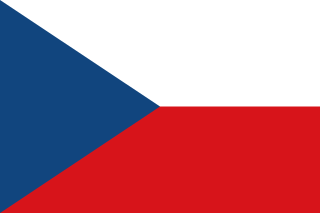
The Third Czechoslovak Republic, officially the Czechoslovak Republic, was a sovereign state from April 1945 to February 1948 following the end of World War II.
From the Communist coup d'état in February 1948 to the Velvet Revolution in 1989, Czechoslovakia was ruled by the Communist Party of Czechoslovakia. The country belonged to the Eastern Bloc and was a member of the Warsaw Pact and of Comecon. During the era of Communist Party rule, thousands of Czechoslovaks faced political persecution for various offences, such as trying to emigrate across the Iron Curtain.

The Slánský trial was a 1952 antisemitic show trial against fourteen members of the Communist Party of Czechoslovakia (KSČ), including many high-ranking officials. Several charges, including high treason, were announced against the group on the grounds of allegedly conspiring against the Czechoslovak Republic. General Secretary of the KSČ Rudolf Slánský was the alleged leader of the conspirators.

Antonín Zápotocký was a Czech communist politician and statesman in Czechoslovakia. He served as the Prime Minister of Czechoslovakia from 1948 to 1953, and then as President of Czechoslovakia from 1953 to 1957.

Rudolf Slánský was a leading Czech Communist politician. Holding the post of the party's General Secretary after World War II, he was one of the leading creators and organizers of Communist rule in Czechoslovakia.

Tisovec is a town in central Slovakia. Its population is around 4,000.

The Czechoslovak Socialist Republic, known from 1948 to 1960 as the Czechoslovak Republic, Fourth Czechoslovak Republic, or simply Czechoslovakia, was the Czechoslovak state from 1948 until 1989, when the country was under communist rule, and was regarded as a satellite state in the Soviet sphere of interest.
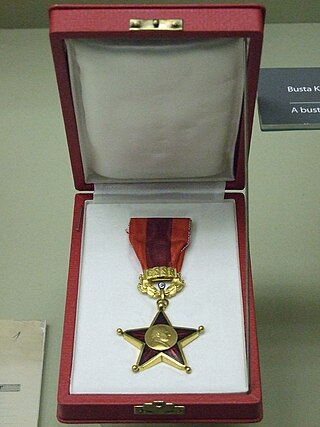
The Order of Klement Gottwald was established by the Czechoslovak government in February 1953. The original name of the Order was "Order of building of socialist homeland". The name of the Order was changed to "Order of Klement Gottwald - for building of socialist homeland" in 1955.
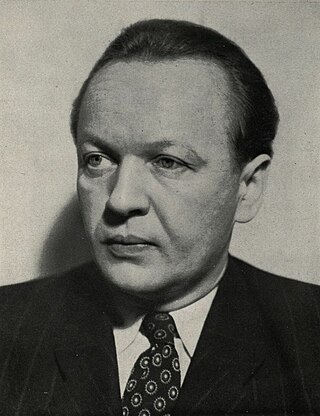
General Alexej Čepička was a Czechoslovak communist politician. He held several ministerial positions in Czechoslovakia after World War II, including Minister of Justice from 1948 to 1950 and Minister of National Defence from 1950 to 1956.

Rudolf Margolius was a Czech lawyer and economist, Deputy Minister for Foreign Trade, Czechoslovakia (1949–1952), and a co-defendant in the Slánský trial in November 1952.
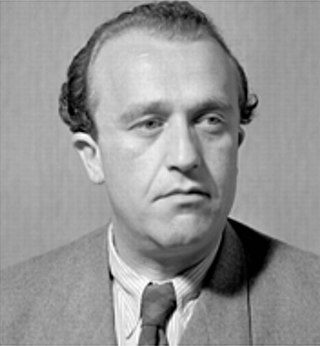
Otto Šling was a Czechoslovak politician. He was born into a Jewish family in Nová Cerekev, a market town in south Bohemia, then part of the Austrian Empire. After World War II, Šling became the Communist Party's Regional Secretary of Brno in Czechoslovakia.
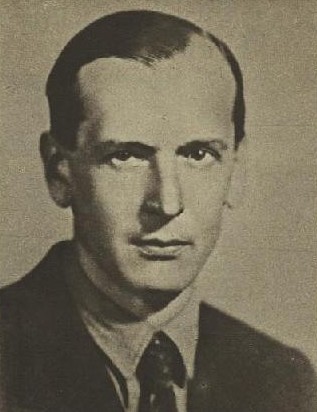
Jan Šverma was a Czech journalist, communist activist and resistance fighter against the Nazi-backed Slovak State. Šverma was considered a national hero in the Czechoslovak Socialist Republic.

In late February 1948, the Communist Party of Czechoslovakia (KSČ), with Soviet backing, assumed undisputed control over the government of Czechoslovakia through a coup d'état. It marked the beginning of four decades of the party's rule in the country.

Viliam Široký was a prominent communist politician of Czechoslovakia. He served as Prime Minister from 1953 to 1963, and was also the leader of the Communist Party of Slovakia between 1945 and 1954.

Dav was a leftist journal published between 1924 and 1937 with intervals in Prague and then in Bratislava by the group Davisti. The journal featured illustrations by Frans Masereel, George Grosz, Marc Chagall and others. It had a Marxist stance. A reprint edition came out in 1965.

Václav Nosek was a Czechoslovak communist politician who served as Minister of the Interior from 4 April 1945 to 14 September 1953.
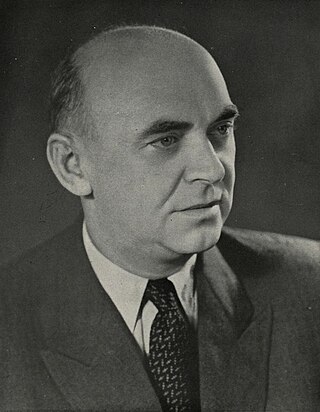
Václav Kopecký was a Czechoslovak politician, journalist and chief ideologue of the Communist Party of Czechoslovakia (KSČ) during the leadership of Klement Gottwald. A high-ranking member of the party since the interwar period, he spent World War II in Moscow and served as Minister of Culture and Minister of Information in post-war Czechoslovakia. Kopecký was noted for his antisemitic statements, criticizing Jews for Zionism and cosmopolitanism; he also stage-managed the Slánský trial.
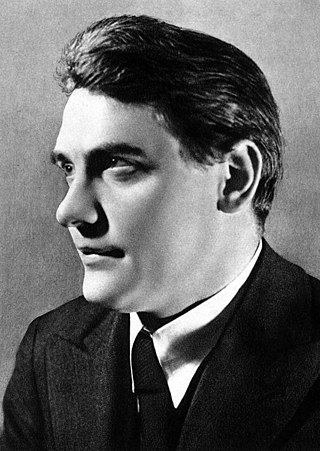
Laco Novomeský was a Slovak poet, writer and communist politician. Novomeský was a member of the DAV group; after The Second World War he was commissioner of education and culture of Socialist Czechoslovakia. A prominent Czechoslovak politician, he was persecuted in the 1950s and later rehabilitated in the 1960s.

Ludmila Jankovcová was a Czechoslovak politician.
References
- Margolius, Ivan (2006). Reflections of Prague: Journeys through the 20th century. London: Wiley. ISBN 0-470-02219-1.
- Biography at the Ministry of Foreign Affairs of the Czech Republic
Vladimír Clementis | |
|---|---|
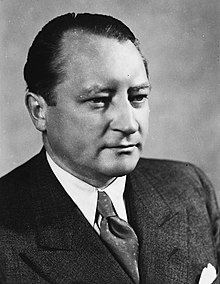 | |
| Minister of Foreign Affairs | |
| In office 18 March 1948 –14 March 1950 |